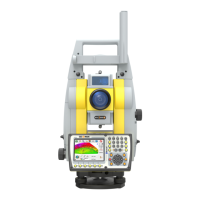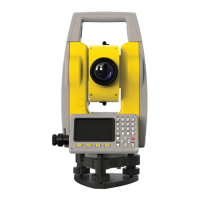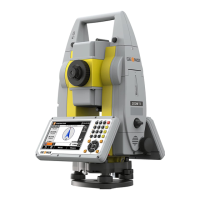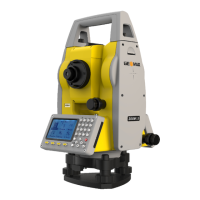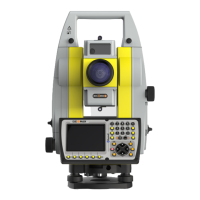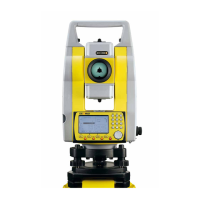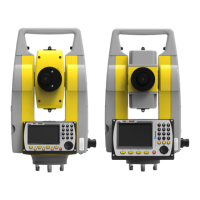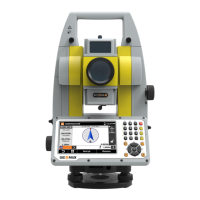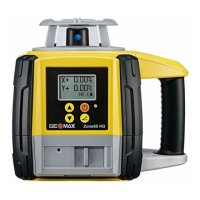Data Management Zoom20/30/35 Pro | 79
12 Data Management
12.1 Data Management
Access Select Data from the MAIN MENU.
DATA MANAGEMENT The Data Management menu contains all functions for entering, editing, checking and deleting data in the
field.
Next step
• Either, select a menu option using 1 - 7.
• Or, press ESC to return to the MAIN MENU.
12.2 Exporting Data
Description Job data can be exported from the internal memory of the instrument. Data can be exported via:
The RS232 serial interface
A receiver, such as a laptop, is connected to the RS232/USB port. The receiver requires GGO Data
Exchange Manager or another third party software.
A USB memory stick
A USB memory stick can be inserted and removed from the USB host port. No additional software is
required for the transfer.
Access 1) Select Trans from the MAIN MENU.
2) Select Export from the DATA IMPORT & EXPORT menu.
1 - 7
To select menu item.
Menu item Description
Job To view, create and delete jobs. Jobs are a summary of data of different types, for
example, known points, observations or codes. The job definition consists of the
job name and user. The system generates time and date at the time of creation.
Known points To view, create, edit and delete known points. Valid known points contain at least
the point ID and the coordinates E, N or Z.
Observations To view and delete observation data. Observation data available in the internal
memory can be searched for via a specific point search, or by viewing all points
within a job.
Code Library To view, create, edit and delete codes. To each code a description and a maximum
of 8 attributes with up to 16 characters each can be assigned.
Formats To view and delete data format files.
Erase Job Memory To delete individual jobs, known points and measurements of a specific job or all
jobs in the memory.
Deleting the memory cannot be undone. After confirming the message all
data is permanently deleted.
USB-Explorer To view, delete, rename and create folders and files stored on the USB memory
stick.
Refer to "12.4 Working with a USB Memory Stick"and "Appendix B Directory Struc-
ture".
If the receiver is too slow in processing data the data could be lost. With this type of data
transfer the instrument is not informed about the performance of the receiver (no protocol).
Therefore the success of this type of transfer is not checked.
